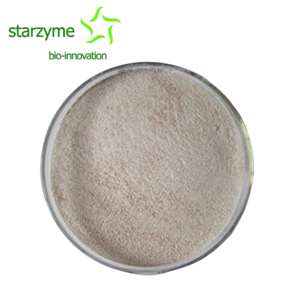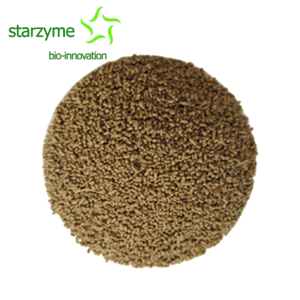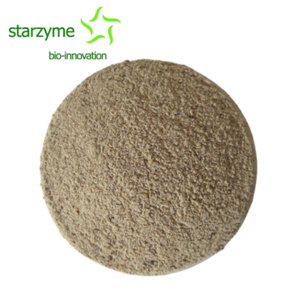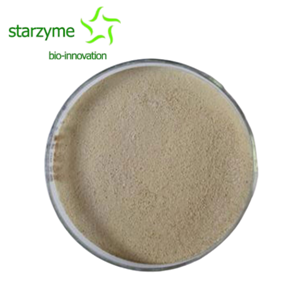Is Bacillus amyloliquefaciens Really Safe as a Microbial Agent?
Bacillus amyloliquefaciens, a facultative anaerobic bacterium, is a Gram positive spore shaped bacterium that is motile and produces a series of self metabolites that can inhibit fungal and bacterial activity, such as various digestive enzymes, antibiotics, antimicrobial proteins, or peptides. It has always been considered a non pathogenic bacterium and has been widely used in many fields such as biological control, industrial enzyme production, aquaculture, environmental protection, and vegetable preservation. The application of Bacillus amyloliquefaciens in aquaculture mainly focuses on improving water quality, such as the ability of Bacillus amyloliquefaciens to promote the growth of microalgae, degrade ammonia nitrogen and nitrite, adjust pH, and inhibit pathogenic bacteria in water at appropriate concentrations.
But with the deepening of research, its "non toxicity" and "non pathogenicity" have been questioned in recent years. The starch secreted by this bacterium is heat-resistant, acid and alkali resistant (pH 2.0-12.0), and resistant to protease digestion. This toxin can cause abnormalities in the ion channels of potassium, sodium, and calcium in the cell biofilm, alter the potential balance between the cell membrane and mitochondrial membrane, and lead to uncoupling of cellular oxidative phosphorylation, resulting in depletion of intracellular ATP and NADH. Another type of toxin surfactant directly acts on cells, with the ability to dissolve cell membranes and cause hemolysis. These peptide toxins can exist in the environment for a long time after the death of live bacteria.
At present, in the industry standard NY1109-2016 "General Technical Guidelines for Biosafety of Microbial Fertilizers" of the Ministry of Agriculture and Rural Affairs of the People's Republic of China, Bacillus amyloliquefaciens is listed as the first level (A.1) in the safety classification directory, which is a strain that is exempt from toxicological testing. The US Environmental Protection Agency (EPA) recently issued a precautionary statement on the Bacillus amyloliquefaciens strain MBI 600 Technical label in the Non Pesticide Registration Improvement Act (2018.8.29), describing its environmental hazards as prohibiting the discharge of wastewater containing this product into lakes, streams, ponds, estuaries, oceans, or other bodies of water, unless permitted by the National Pollutant Discharge Reduction System and with written notice prior to discharge.
In summary, the safe use of microbial agents, especially Bacillus subtilis agents, has become an issue that cannot be ignored. The lack of safety research on the effective activity, dosage, and frequency of microbial agents in aquaculture processes has greatly hindered the process of microbial agents serving aquaculture better and faster.
Precaution: Microbial agents such as Bacillus amyloliquefaciens should be used reasonably, pay attention to their concentration in water environments, and track them in a timely manner to prevent adverse effects on aquaculture water bodies and animals.





